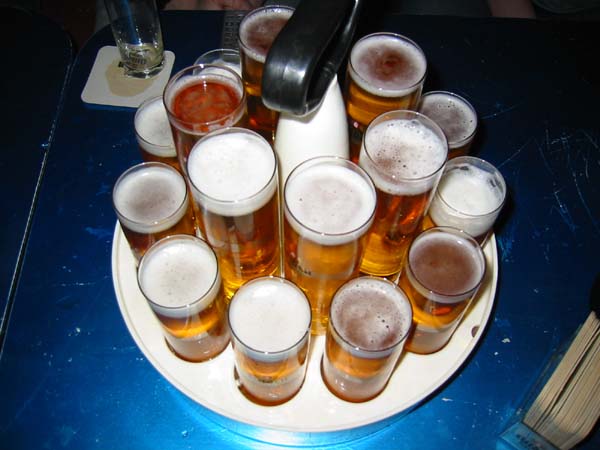For the past two days I have had a bad headache. It actually started between my shoulder blades and crept its way up on to (yes it feels "on") my head while I was sleeping. I don't really know what causes them. Everyone has different warning signs for getting one. Since it shows no sign of letting up, I felt it was an appropriate time to write about migraines. Please remember, I am not a physician and this is just a post about what causes them and is not intended to diagnose or aid in treatment. Please seek advice from a professional. (WOW, that is a lot of legal jargon!)
Now, since my headache started between my shoulders, it is very easy to assume it is a tension headache. Besides, at first, I am pretty sure that is what all of my migraines start as. However, by the end of the day, I have full-blown migraine like symptoms. WebMD includes the following as a list of symptoms:
- Moderate to severe pain (often described as pounding, throbbing pain) that can affect whole head, or can shift from one side of the head to the other
- Sensitivity to light, noise or odors
- Blurred vision
- Nausea or vomiting, stomach upset, abdominal pain
- Loss of appetite
- Sensations of being very warm or cold
- Paleness
- Fatigue
- Bright flashing dots or lights, blind spots, wavy or jagged lines (aura)
and a few more...
So what causes these things? Well, at the root of it, it appears to be hereditary. Four of five migraine sufferers had family members who also suffered from attacks. Mom, do you get real migraines?
Besides this, there are also certain triggers for certain people. I have enough to worry about avoiding my triggers for bipolar disorder, so I don't know if I have any. Regular exercise, eating healthy, and relaxation techniques can help with this. Believe it or not, taking medications for your headache may result in a rebound headache. Lucky for me, I hate pills.
Some of the foods that cause migraines, I hate to say, are some of my favorites. However, I will have you know that I haven't eaten anything on this list the past week.
- Red wine
- Some alcoholic beverages
- Old/aged cheese
- Processed meats
- Nitrates and nitrites in processed foods (what gives ham its pink color)
Can you believe after all of this, I still haven't found the source. What is it that happens in your head that causes this pain? I even found out that 70% of all migraine sufferers are female and 60% of those women get them before menstruation. I am a woman but am not pre-menstruation so I am at a loss. What is it? I still don't know the secret "what." I have triggers, symptoms, histories, statistics, but no answer? Do you know?
If you want to find out more, check the links above or visit WebMD's migraine and headache page.

Read more...
![]()
















